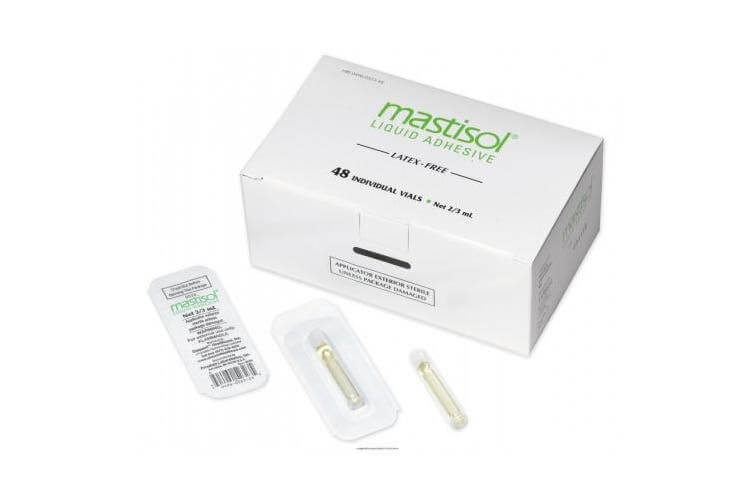Improving Vascular Access Dressing Integrity Without Increased Skin Injury Risk
Maintaining Dressing Integrity to Prevent Infection Maintaining clean, dry, intact dressings over vascular access devices (VADs) is fundamental to site care. The 2021 Infusion Therapy Standards of Practice recommend that transparent dressings be changed at least every 7 days. However, if the dressing is disrupted ‐ meaning loose, wet, or soiled – the standards recommend […]
Improving Vascular Access Dressing Integrity Without Increased Skin Injury Risk Read More »



